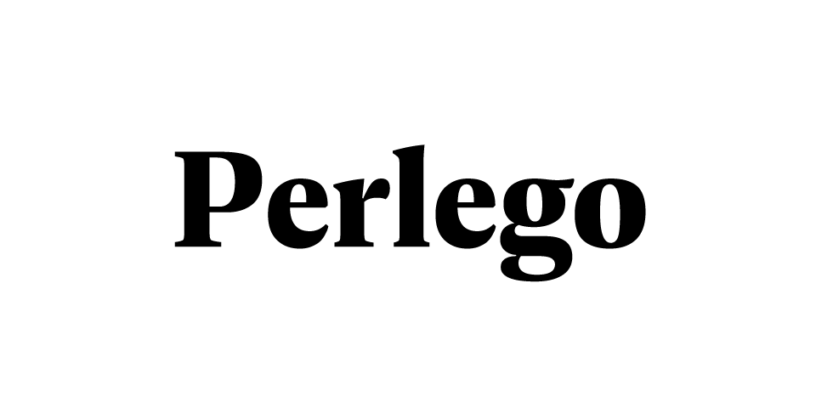The Evening Standard dubbed Perlego the “Spotify for textbooks.” It is a library subscription service that provides unlimited access to over 700,000 textbooks and nonfiction titles in PDF format.
Gauthier Van Malderen and Matthew Davis, two former college students who were all too familiar with the exorbitant prices of textbooks and wanted to make them more accessible to all while also eliminating some of the demand for pirated books, founded the company in 2016.
How Does Perlego Work?
Perlego collaborates with publishers to provide users with unlimited access to digital versions of their nonfiction books in exchange for a subscription fee.
The company collaborates with over 3,000 content providers, including major academic publishers such as Wiley, Pearson, and Bloomsbury.
The service is accessible via desktop and mobile devices, and books can be downloaded for offline reading. Perlego also provides a variety of study tools, which we’ll go over in the following section.
How Many Books Are in Perlego?
Perlego’s library contains over 700,000 PDF textbooks in English, Italian, Spanish, French, and German. Their selection ranges from aeronautics to zoology and includes over 950 topics and subtopics.
In addition to traditional textbooks, Perlego offers a wide range of best-selling nonfiction titles, such as the ones listed below:

Perlego Features and Pricing
The following is a list of all the features that come with a Perlego subscription:
Perlego’s library contains over 700,000 textbook: PDFs as well as some bestselling nonfiction titles. You can enjoy unlimited access to Perlego’s vast library with a subscription.
There are more than 950 topics and subtopics to choose from: Perlego offers 24 main topics (including architecture, law, medicine, and psychology) as well as over 900 subtopics for more specialized areas (such as agricultural law, forensics medicine, and animal psychology). The full list of subtopics can be found here.
Perlego lets you read online or offline from: your smartphone, tablet, or computer. You can also customize your experience by changing the size, font, and lighting. Their mobile app is available for both iOS and Android devices.
Built-in study tools: allow students to highlight and save notes, as well as search within books to find specific information or passages quickly.
One-click referencing: The one-click referencing feature simplifies research and writing essays by automatically generating citations for the book you’re reading. Create citations in the style you prefer, then simply copy and paste.
Pricing
The most important question is how much a Perlego subscription will cost you. The platform provides two subscription plans, one monthly and one annual:
Monthly plan: $18/month
Annual plan: $144/year ($12/month)
Is Perlego Free for Students?
Perlego subscriptions are not free, but range from $12 to $18 per month, depending on the plan. You can, however, try a 14-day free trial to see if the service is worth it for you.
Is Perlego Worth It?
Given that the average cost of university textbooks is $1,240 per year, I’d say a Perlego subscription is well worth the money, especially since an annual plan is only about 11% of what you’d pay otherwise.
In terms of their selection, I dug out some of my old college syllabi and looked for some of my textbooks. They only had one of the six courses I tried, but to be fair, I took some pretty niche International Relations courses several years ago.
Over 700,000 textbooks is a large number, and they cover a wide range of topics as well as more niche subtopics.
See How Much You’ll Save
You can search Perlego’s library to see if they have your required textbooks before signing up for a free trial, and even if they only have one of your books, the monthly fee could be well worth it, given that a single new textbook can cost anywhere from $80 to $400 or more.
Overall, I think Perlego is a really cool resource that I wish I had when I was in college, so current students should definitely try it out for free.
Did you find this post helpful? Let us know in the comments below!
